
When A Manual Toothbrush Will Come In Extremely Handy

Every dentist will advise consumers that an electric toothbrush is better for everyday use than a manual one. However, it is still wise to have a manual toothbrush handy, for various reasons.
The list of advantages an electric toothbrush has is extensive and numerous. Firstly, it has an oscillating head that cleans better, with far more strokes. It also cleans more evenly than a manual toothbrush, with right-handed brushers putting more pressure on the left side of their mouth than the right and vice versa for left-handers.
With its extra brushes from the fast-moving head, electric toothbrushes also remove extra plaque and do more to prevent bad breath.
All these advantages leave just one downside for an electric toothbrush - the very fact it is electric. That means it is not designed to be used as a manual when the power is off, so if you forget to charge it or run out in mid-brush, you are slightly stuck.
These considerations will also apply to a range of situations you might find yourself in over the coming months. For example, if you go on holiday and are on a long-haul flight, the airline may not let you carry an electric toothbrush and charger in your hand luggage. Some may provide a very small brush in a wash bag, but others won’t.
A manual toothbrush will also be extremely useful if you spend a lot of time in the great outdoors. It is a must for wild camping where you will be nowhere near anywhere to charge an electric toothbrush, but also on some campsites with limited facilities. Even if you do take an electric toothbrush, it is a handy backup.
Even if you only have a manual brush as a backup, however, it is important to know the technique for using it well, hitting the right angles, brushing for more than two minutes, and replacing it when the bristles start to flatten.
That way, if you are spending days away from home where you need to use it, you won’t suffer diminished oral health as a result.
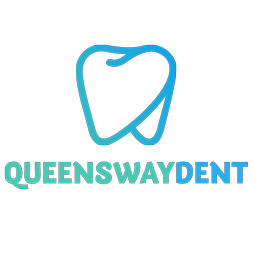
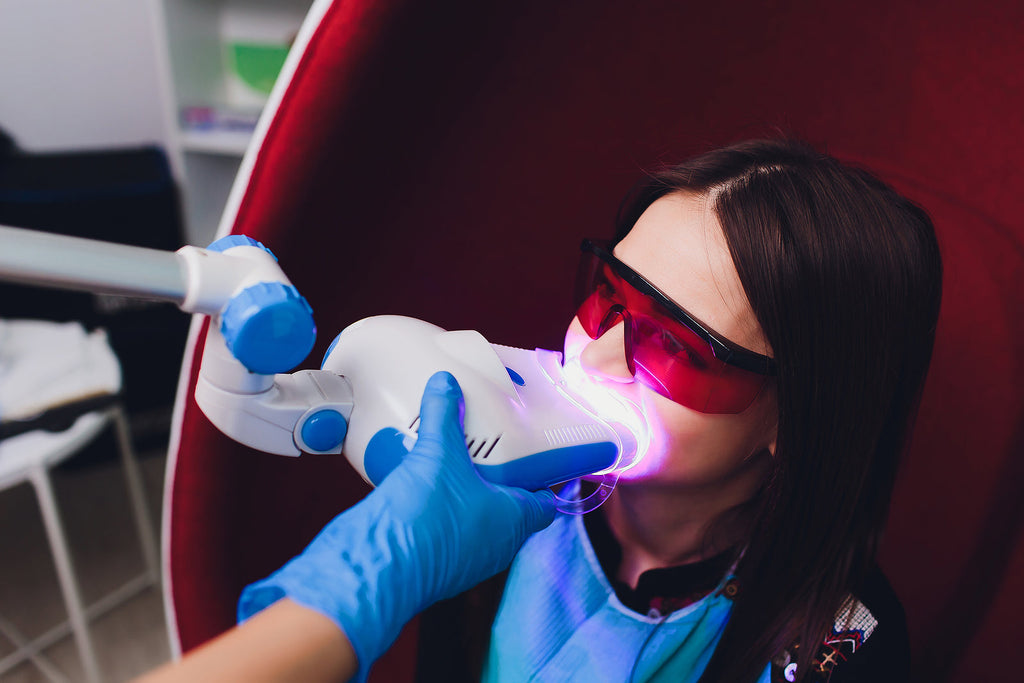
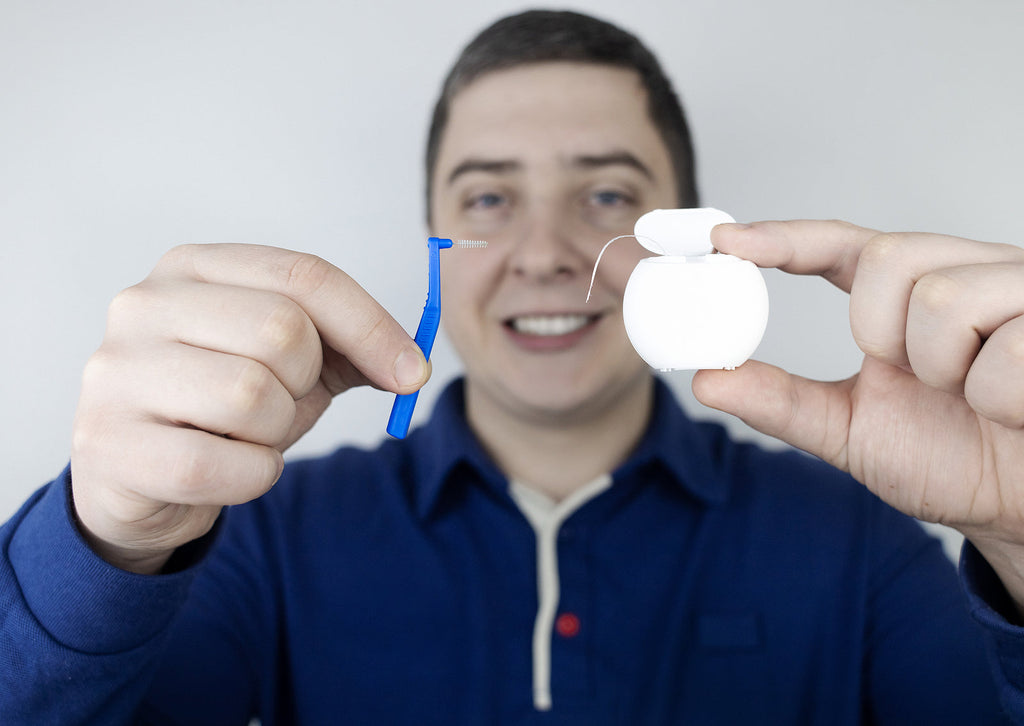


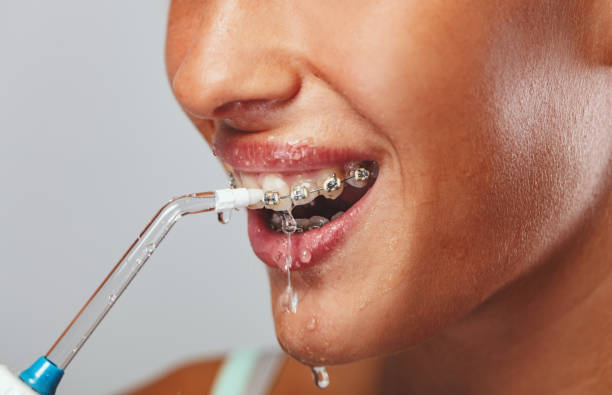
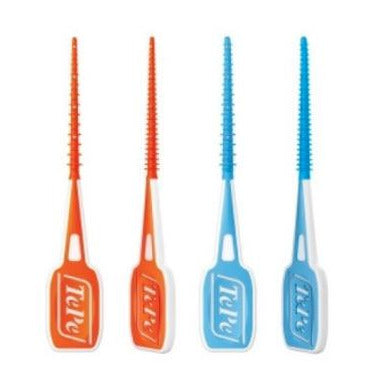
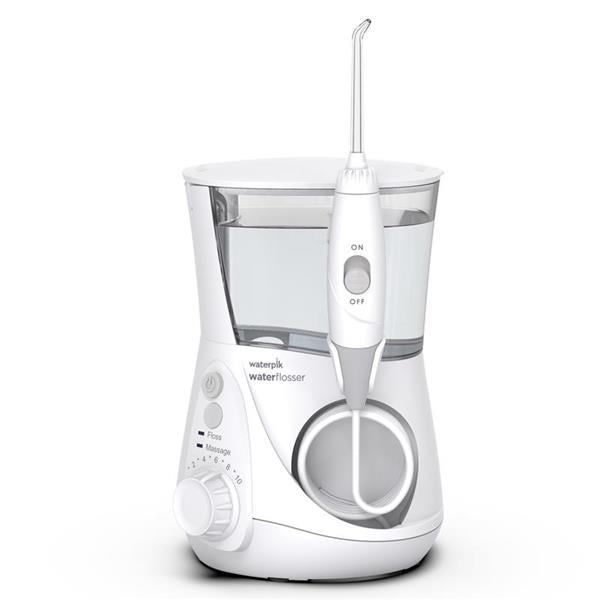
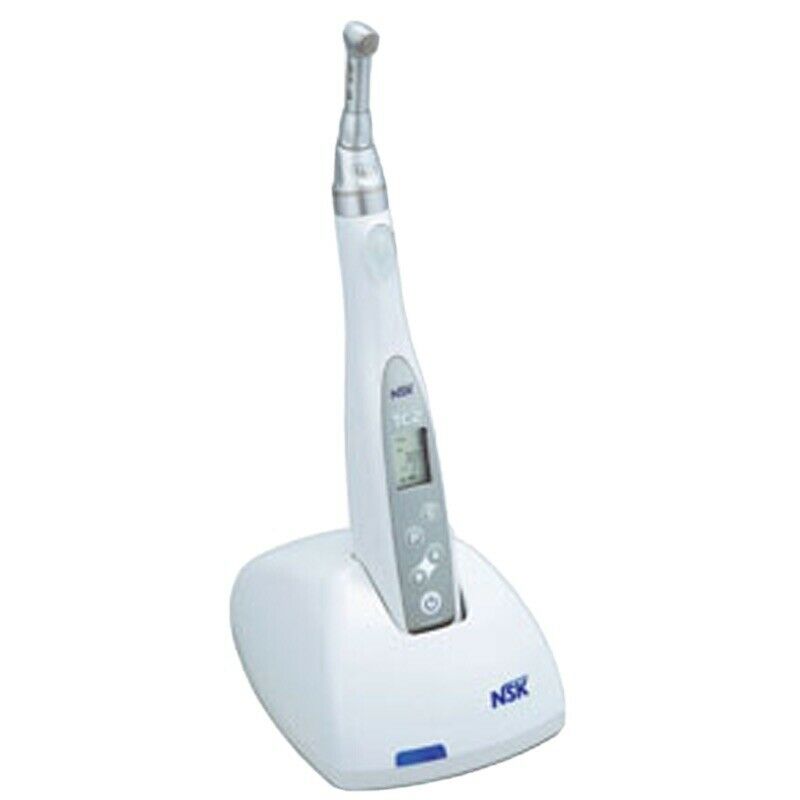
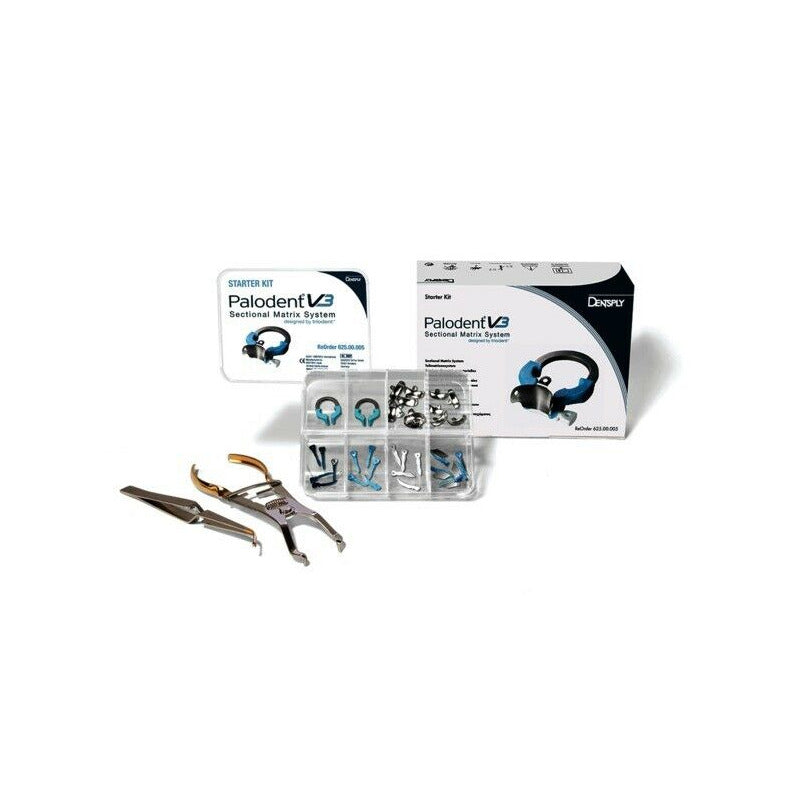
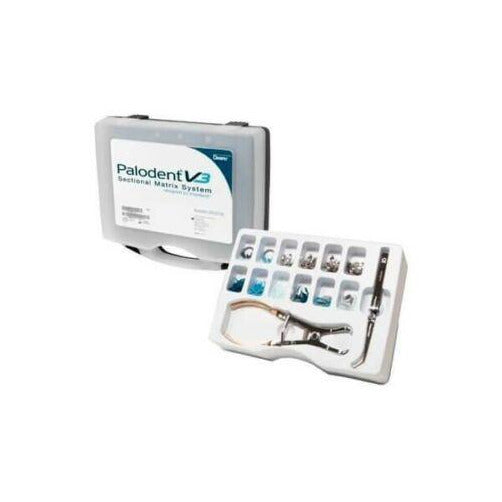
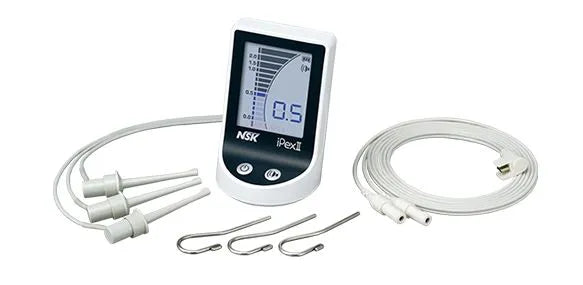
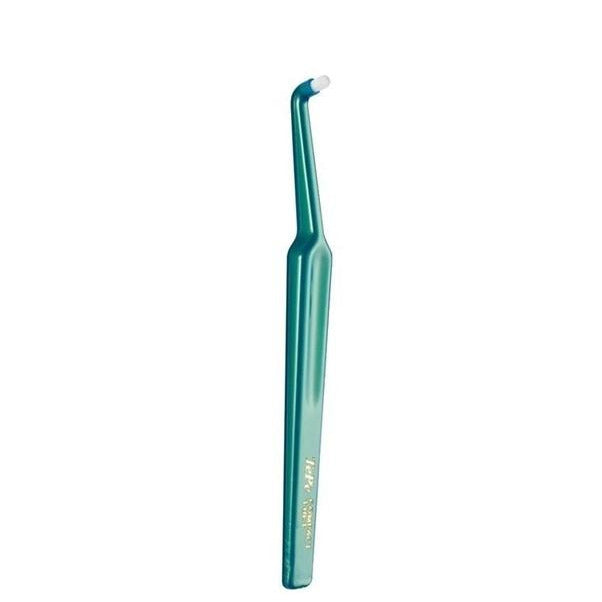
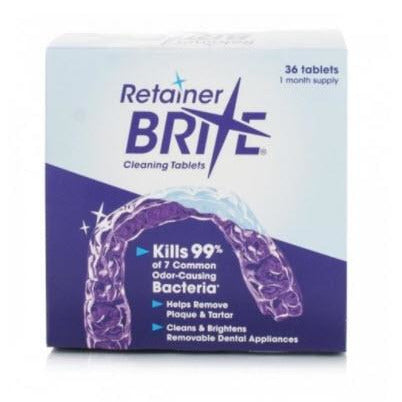
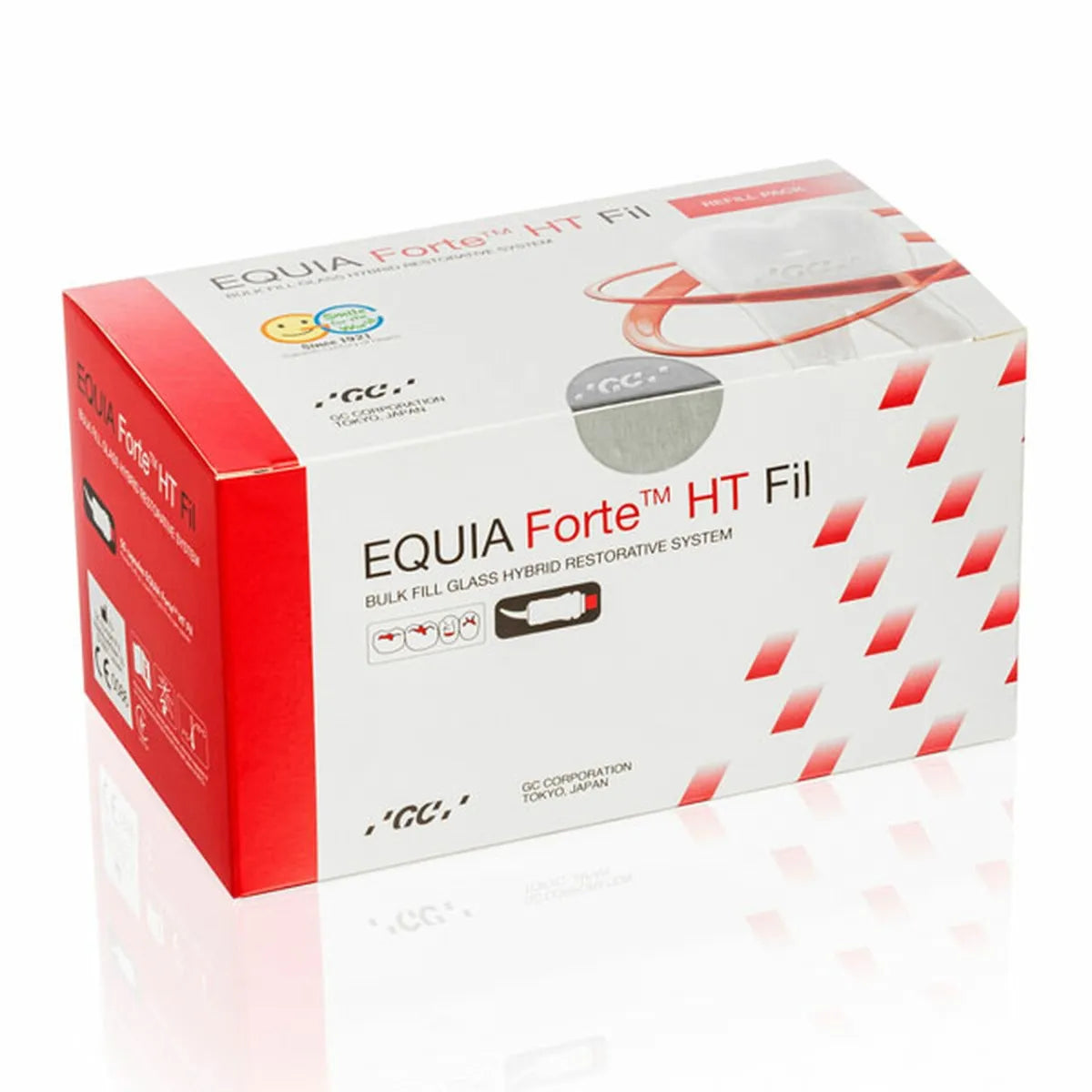
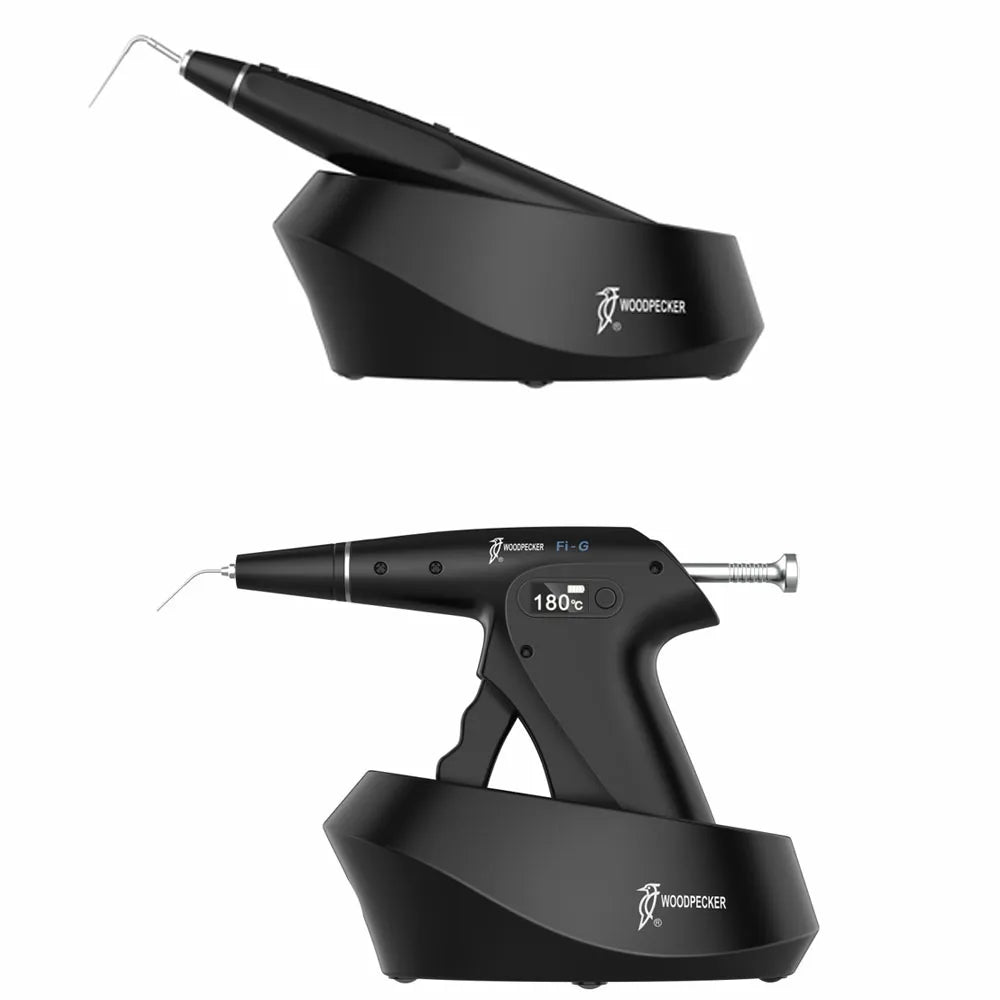
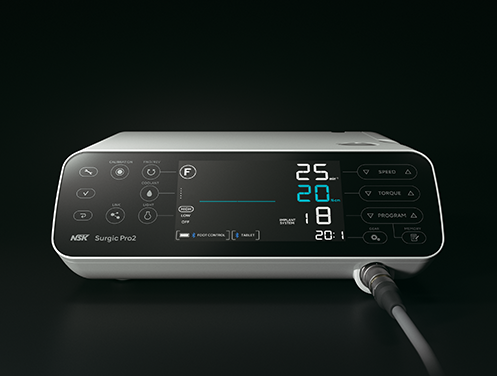
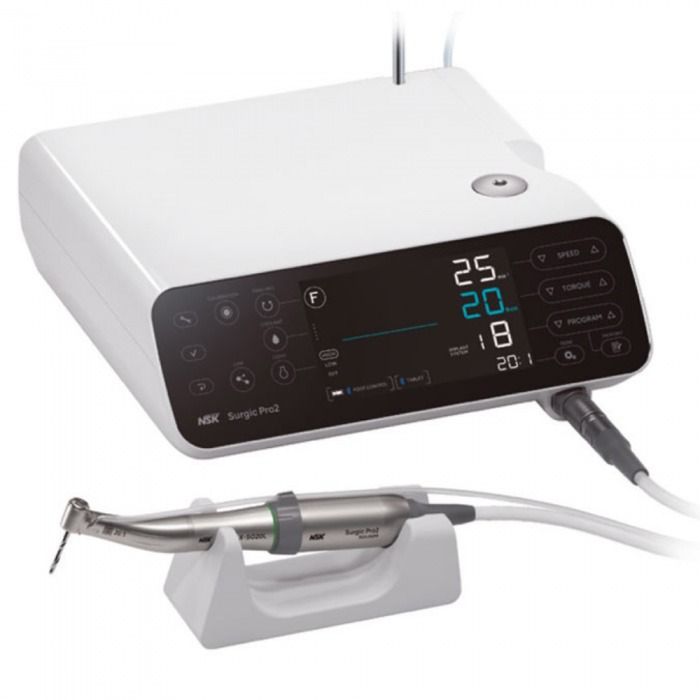
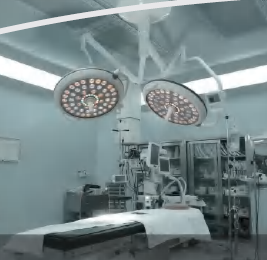
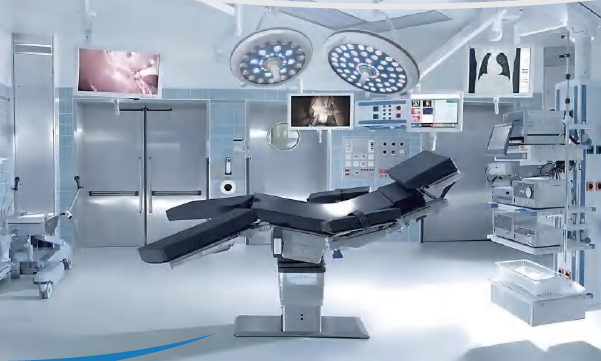

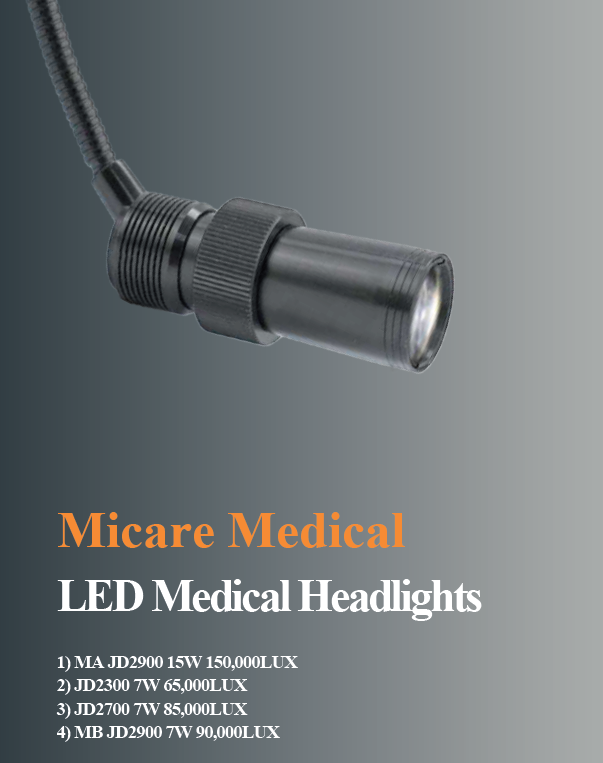
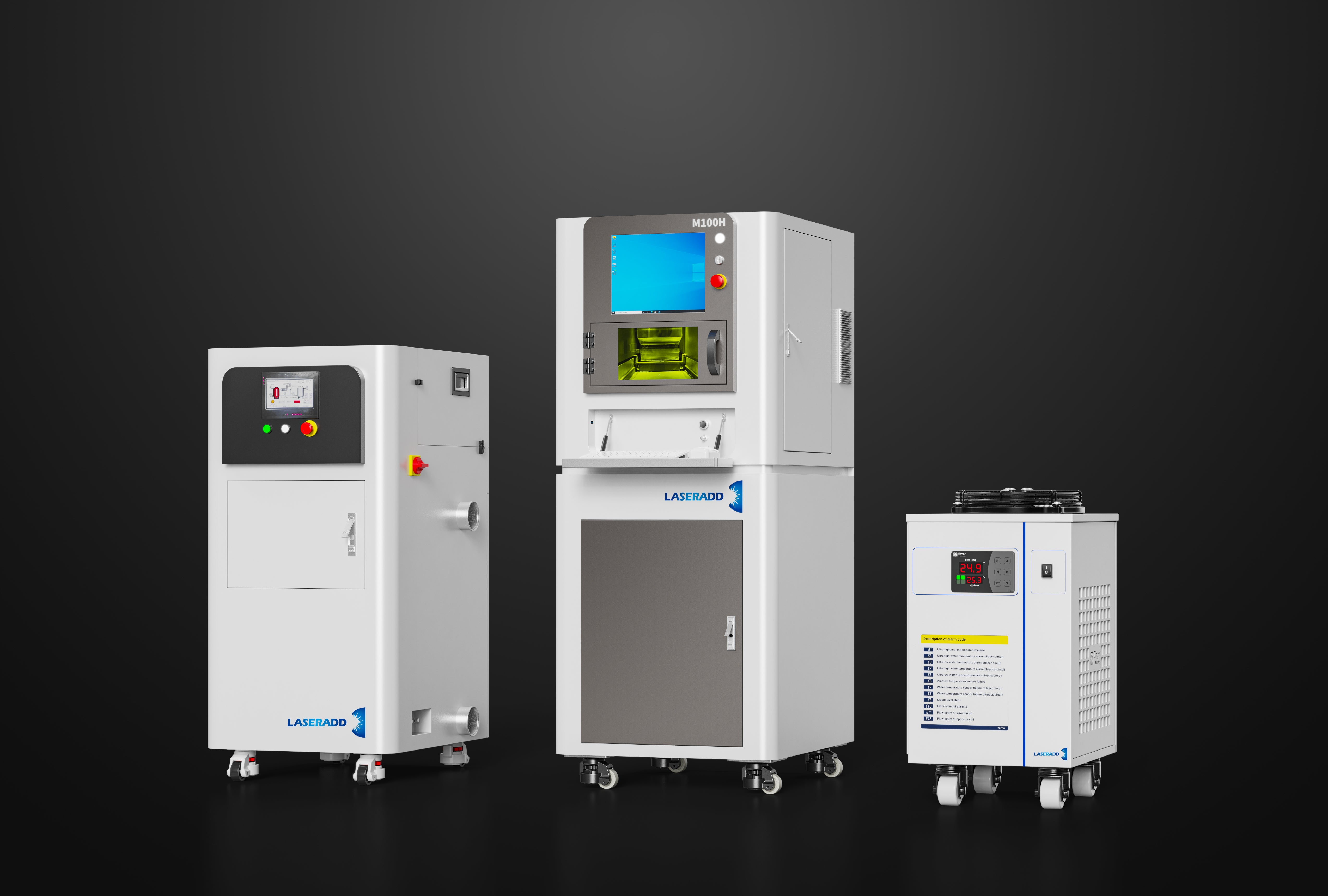
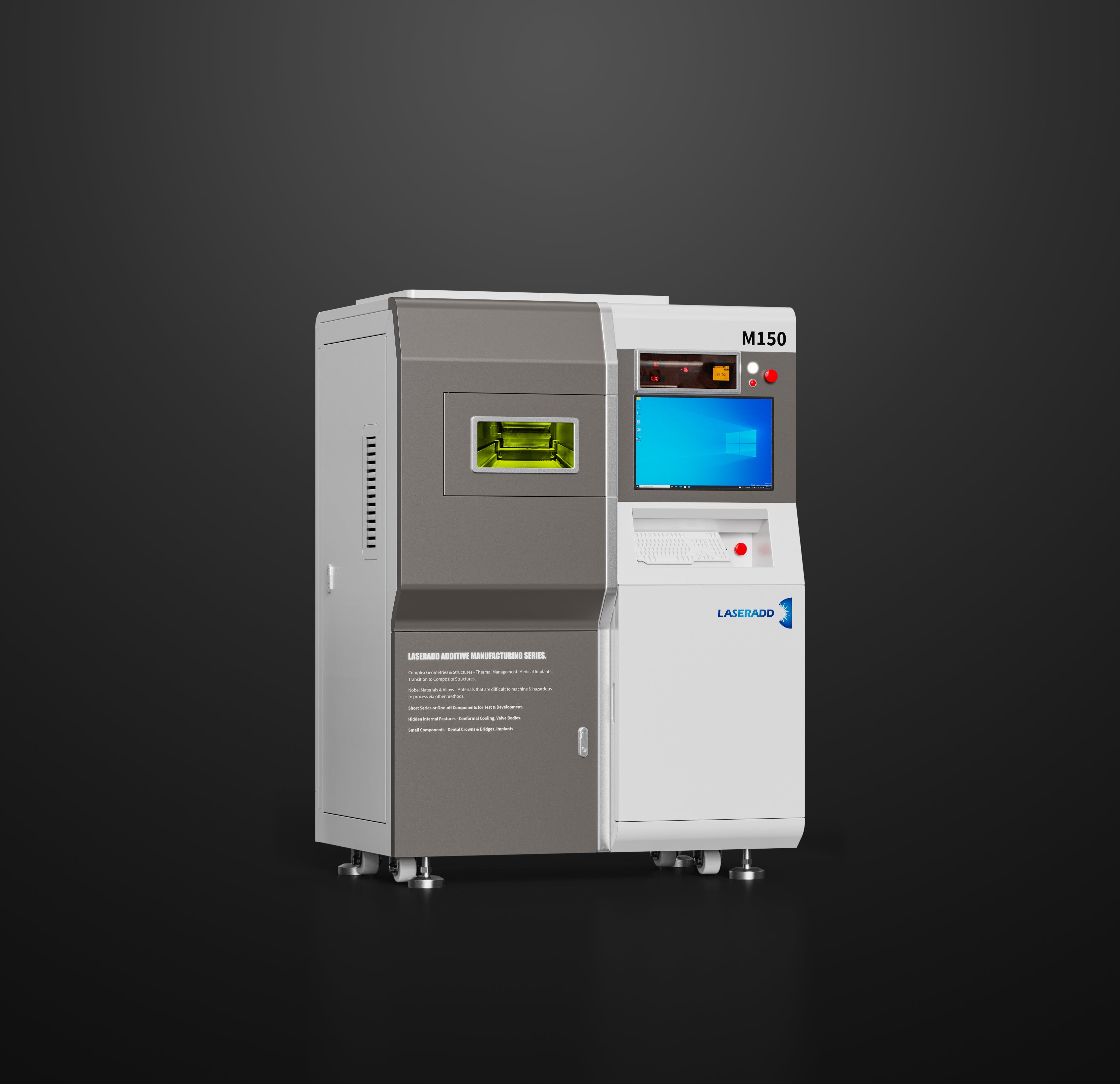
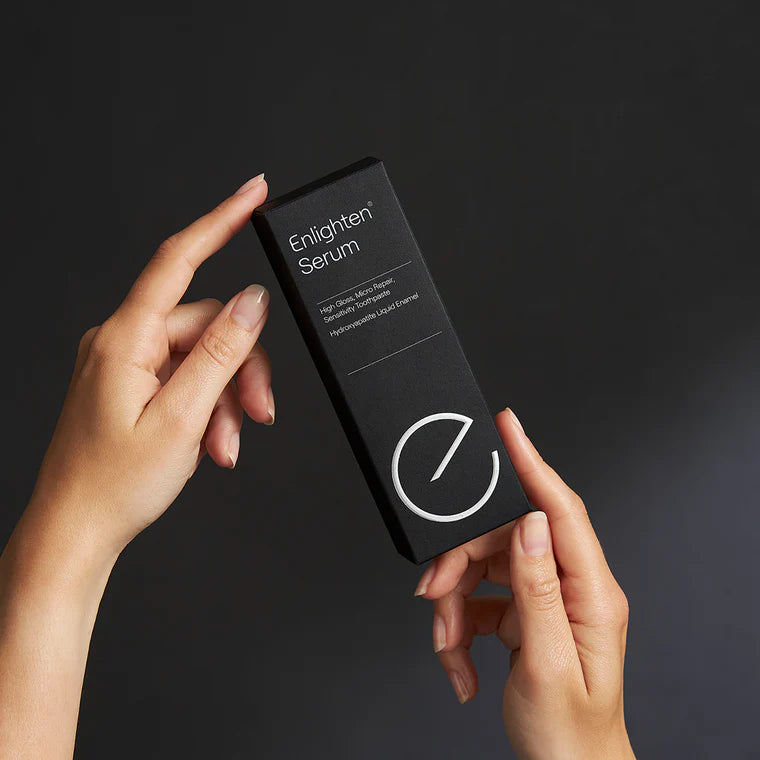

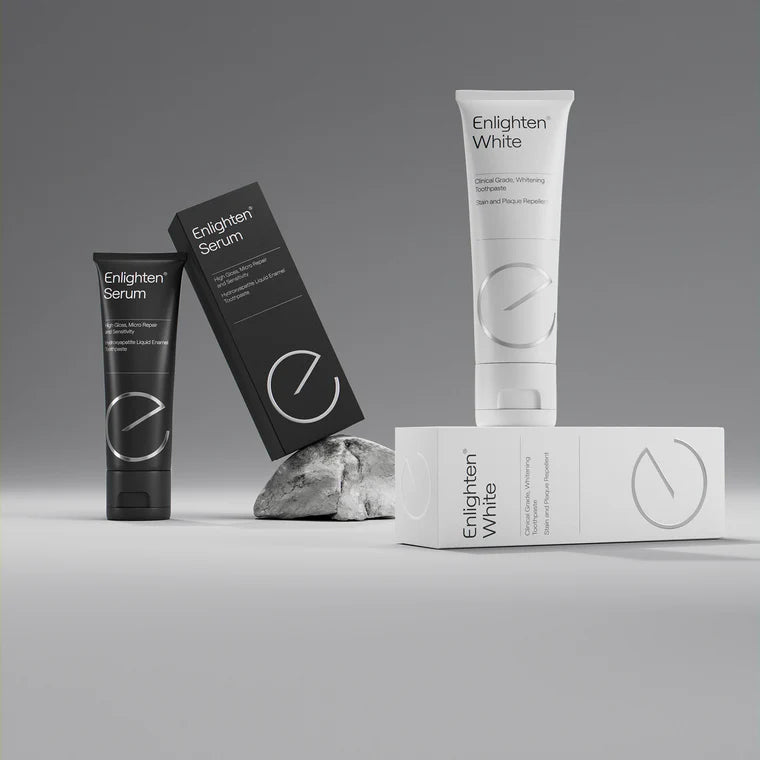
 Whatsapp us!
Whatsapp us!